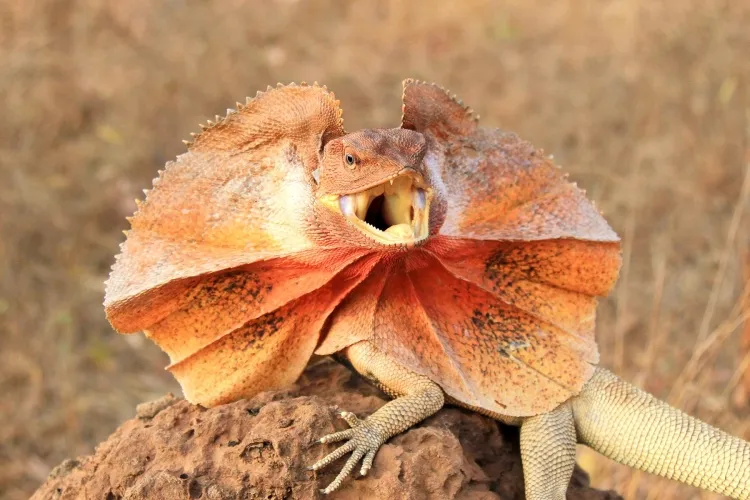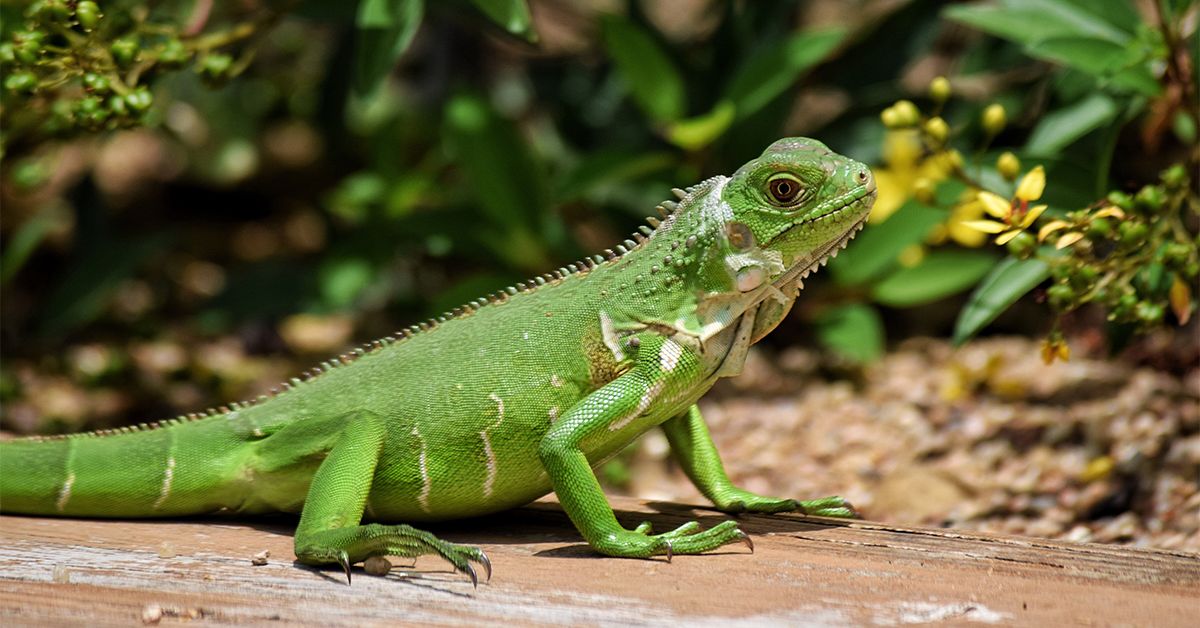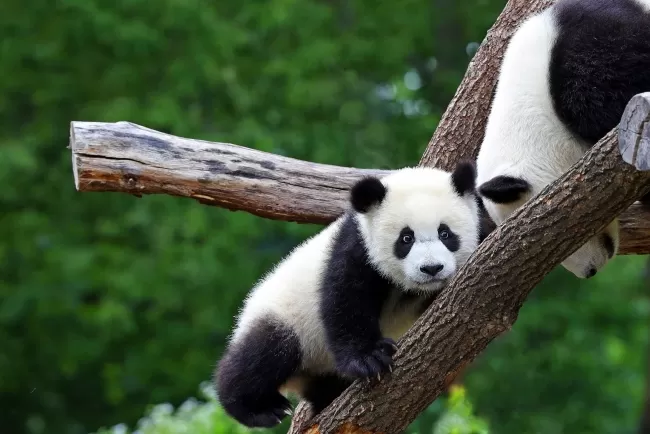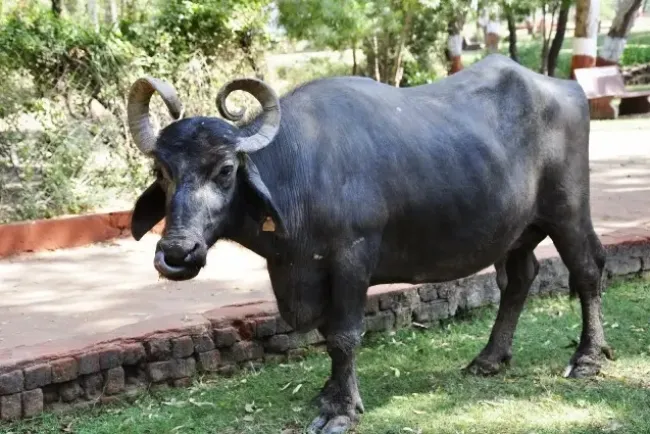Exploring Lizards: From Unique Anatomy to Ecological Roles...!!!
Lizards are a diverse and adaptable group of reptiles with captivating behaviors and adaptations. They play crucial roles in their ecosystems as predators, prey, and seed dispersers.

Lizards are captivating reptiles that belong to the order Squamata, which they share with snakes. With over 6,000 species, lizards exhibit an incredible diversity in size, shape, color, and behavior. They thrive in a variety of environments, ranging from deserts and forests to grasslands and urban settings.
Anatomy and Physiology
Lizards possess a distinctive anatomy that sets them apart from other reptiles. Most lizards feature a long tail, a body covered in scales, and well-developed limbs. However, some species, such as the glass lizard, lack legs and resemble snakes.
-
Scales: Lizards are covered with overlapping scales made of keratin, which protect their bodies and minimize water loss. These scales can vary in size, shape, and color, providing camouflage or signaling to other lizards.
-
Limbs: The majority of lizards have four legs, each with five toes. Their limbs are adapted for various forms of movement, including running, climbing, and burrowing.
-
Tail: Lizards use their tails for balance, defense, and fat storage. Some species can shed their tails (a process called autotomy) to escape predators. The tail eventually regenerates, although it may not be as long or as perfectly formed as the original.
-
Head: Lizards have a distinct head with external ear openings, movable eyelids, and a highly developed sense of vision. Their eyes are often adapted to their specific environments, with some species possessing excellent night vision.
Behavior and Ecology
Lizards display a wide array of behaviors and occupy various ecological niches. Depending on the species, they can be carnivorous, herbivorous, or omnivorous. Carnivorous lizards commonly prey on insects, small mammals, birds, and other reptiles.
-
Communication: Lizards utilize several methods to communicate, including visual displays, vocalizations, and chemical signals. For instance, anole lizards display bright-colored dewlaps (throat fans) to attract mates or intimidate rivals.
-
Thermoregulation: As ectotherms, lizards rely on external heat sources to regulate their body temperature. They bask in the sun to warm up and seek shade or burrows to cool down. This behavior is crucial for their metabolic processes, digestion, and overall activity.
-
Reproduction: Most lizards reproduce by laying eggs, although some species give birth to live young. Courtship and mating behaviors can be elaborate, involving displays, vocalizations, and physical interactions. Females may lay eggs in concealed locations, and in some species, parental care is provided to protect the eggs or young.

Adaptations and Survival Strategies
Lizards have evolved various adaptations to survive in their environments. These adaptations can be structural, behavioral, or physiological.
-
Camouflage: Many lizards have developed coloration and patterns that help them blend into their surroundings, making it difficult for predators to spot them. For example, the leaf-tailed gecko closely resembles a dead leaf.
-
Defense Mechanisms: Besides autotomy, lizards have other defense strategies. Some species, like the horned lizard, can squirt blood from their eyes to deter predators. Others may inflate their bodies, hiss, or bite when threatened.
-
Diet Specialization: Lizards have evolved specialized diets to exploit available resources. For instance, the marine iguana feeds on algae in the ocean, while the herbivorous spiny-tailed lizard consumes desert plants.
-
Mimicry and Warning Signals: Some lizards mimic the appearance or behavior of more dangerous animals to avoid predation. Others display bright warning colors to signal their toxicity or unpalatability.
Conservation and Threats
Numerous lizard species face threats from habitat loss, climate change, pollution, and introduced predators. Conservation efforts are essential to protect these reptiles and their ecosystems.
-
Habitat Destruction: Deforestation, urbanization, and agricultural expansion can destroy lizard habitats, leading to population declines and extinctions.
-
Climate Change: Changes in temperature and precipitation patterns can affect lizard thermoregulation, reproductive success, and food availability.
-
Pollution: Pesticides, heavy metals, and other pollutants can harm lizards directly or indirectly by affecting their prey and habitats.
-
Introduced Species: Non-native predators, such as cats and rats, can have devastating impacts on lizard populations, especially on islands.
Lizards are a diverse and adaptable group of reptiles with captivating behaviors and adaptations. They play crucial roles in their ecosystems as predators, prey, and seed dispersers. Conservation efforts are vital to ensuring their survival and maintaining the health of their habitats. As we continue to learn more about these remarkable creatures, we can better appreciate their unique contributions to the natural world.
What's Your Reaction?

















